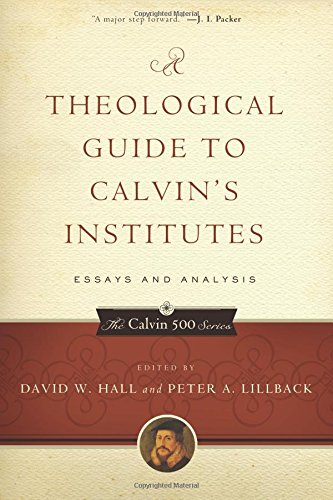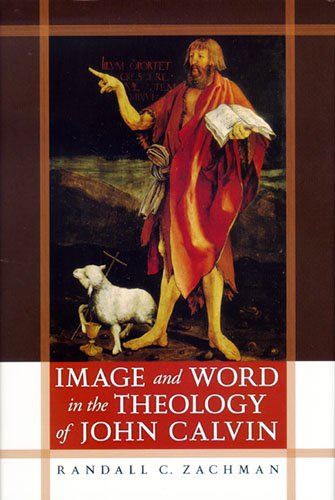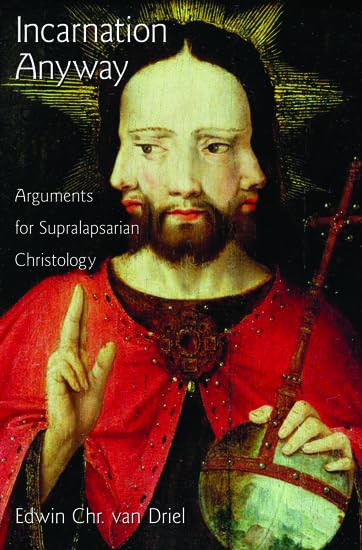The ESV Study Bible: New Testament
Written by Crossway Bibles Reviewed By James M. Hamilton Jr.The ESV Study Bible sets a new standard for the genre. The aesthetics of the ESV Study Bible are without parallel. The maps help readers locate events geographically. There are graphs that collect thematic and structural data from particular books or from the NT as a whole. There are phenomenal drawings that reconstruct Jerusalem, the Temple Mount, Herod’s Temple, the Synagogue at Gamla, Golgotha, Jesus’ tomb, and more. The pictures themselves are worth the price of the volume.
The introductions and notes are laced with historical fixed points so that the reader can piece together the chronological picture, and the essays on “The Time Between the Testaments,” “The Roman Empire and the Greco-Roman World,” and “Jewish Groups at the Time of the New Testament” provide essential information for understanding the New Testament in context. An essay on “Reading the Gospels and Acts” precedes the Gospels, and another on “Reading the Epistles” stands before Romans. It is hard to imagine a better three-page statement on New Testament theology than what is found in the essay “The Theology of the New Testament.”
Some of the positions reflected in the ESV Study Bible are worthy of comment, since some of these issues are under attack today. The notes and articles treat the Scriptures as totally true and trustworthy, and the introduction to 1 Timothy expressly rejects pseudonymity. The historically Christian perspective on gender issues is upheld against modern egalitarian revisionism. There is a gentle inclination toward a reformed perspective on soteriological issues, though other perspectives are treated fairly. The treatment of works versus faith is nuanced and takes into account everything the NT teaches, and such doctrines as the substitionary atonement, justification by faith, and imputation are well explained in study notes on relevant passages. The introduction and notes to Revelation are a model of evenhanded discussion of various evangelical interpretive possibilities.
As I anticipated the release of the ESV Study Bible, I confess that I was actually a little afraid of its appearance. My apprehension sprang from the specter of trying to teach people with a copy of the ESV Study Bible open before them. What could possibly be communicated to instruct people with so much information about the historical background, literary structure, geographical setting, and other forms of interpretive help at their fingertips?
The actual release of the ESV Study Bible brought me great relief. This relief was not due to any deficiency in the product or the way it presents the wealth of information it contains. The relief came from the fact that there is so much information here that only those who make a long study of both the text and the various helps in this study Bible could make a beginning at digesting and putting this information to use.
There is simply more information available in this study Bible than most people will have time to access on the spot, which results simultaneously in both the potential strengths and weaknesses of this tool. The strengths are obvious: a wealth of data is presented in an attractive and easily accessible format. This tool can be studied carefully for years, and it will be most beneficial to those who give much time to the text itself in conjunction with the interpretive helps found herein and available elsewhere.
The potential drawbacks may not be so obvious, and some of them are not unique to the ESV Study Bible. To keep this review from seeming like a commercial for the ESV Study Bible, these potential weaknesses should be pointed out. For one thing, it will be hard to reduce the size of the ESV Study Bible. Bulkier Bibles are hard to tote around, so the ESV Study Bible might become the leave-at-home study Bible, with smaller (non-study Bible) copies of the ESV being carried to and fro. Another potential drawback casts its shadow over all study Bibles—the possibility that people might spend more time on the notes than they do in the text, or that the interpretations in the notes, which as full as they are still do not exhaust all possibilities, might inordinately influence interpreters. It is a frightening thought, too, that these interpretations are placed within the very covers of the Bible, indeed, on the same page as the text of the Bible itself.
These potential drawbacks do not detract from the obvious accomplishment of the ESV Study Bible, for which Crossway and the editorial team should be applauded. I offer these thoughts more than anything else as reminders that this study Bible does not itself restore us to Eden. Also—and this is a source of relief for all who are called to teach the Bible—the ESV Study Bible will not replace the need for careful study and exposition of the texts themselves. Impressive as it is, the ESV Study Bible will not render teachers and preachers of the Bible obsolete.
The great potential benefit of ESV Study Bible is in the opportunity it affords to those who will make long study of the Bible and these notes and introductions. This tool opens the door to deeper understanding in the minds of more Bible readers, which we can pray will have the happy result of causing people to return again and again to the pages of Scripture to learn yet more. There is nothing quite like taking a guided tour of some great museum or having an expert point out what makes some famous piece of music fabulous. Having a copy of the ESV Study Bible is like having a whole pile of experts at one’s disposal, each ready to give a guided tour of the intricacies of God’s literary gift. The editorial team, the contributors, and Crossway publishers have done their part to stamp out biblical illiteracy in this generation. It is as though they have given us the boots to wear and made the floor beneath our feet firm. May the multitudes shod their feet with this study Bible, as it were, and get addicted to stomping around in its pages.
James M. Hamilton Jr.
Jim Hamilton is associate professor of biblical theology at the Southern Baptist Theological Seminary in Louisville, Kentucky. He previously served as assistant professor of biblical studies at Southwestern Baptist Theological Seminary in Houston, Texas, from 2003 to 2008. His publications are listed on his website: www.JimHamilton.info.
Other Articles in this Issue
Why are we talking about preaching with power? Because of what Christianity is...
In the mid-twentieth century, one could readily find informed Protestant observers acknowledging the Calvinist tradition’s major missionary contribution...
The summer of 2007 was the wettest in Britain since records began, registering over twice the usual amount of rainfall between May and July...
How Far Beyond Chicago? Assessing Recent Attempts to Reframe the Inerrancy Debate
by Jason S. SextonThe doctrine of inerrancy has been a watershed issue among evangelicals in the West, perhaps now more evident than ever...
Quite apart from commentaries and hermeneutical textbooks, books on the Bible—its nature and ultimately its authority—have been appearing with daunting frequency of late







